Snydercut vs Whedon's Justice League: 5 Biggest Differences

Advantages and disadvantages of two versions of the movie.
1. Quick Start vs. Character Reveal
The theatrical Justice League jump starts with Batman (Ben Affleck) meeting the Parademons, the henchmen of villainous Steppenwolf, after which he rushes to assemble his superhero team to fight the invaders.
Zack Snyder renders the story in a slower but more logical way. He explains that Superman's (Henry Cavill) death triggered the reactivation of Mother Boxes, and when Bruce Wayne goes on to form his team of superheroes, he's guided by the request of Clark Kent and Lex Luthor's (Jesse Eisenberg) warnings.
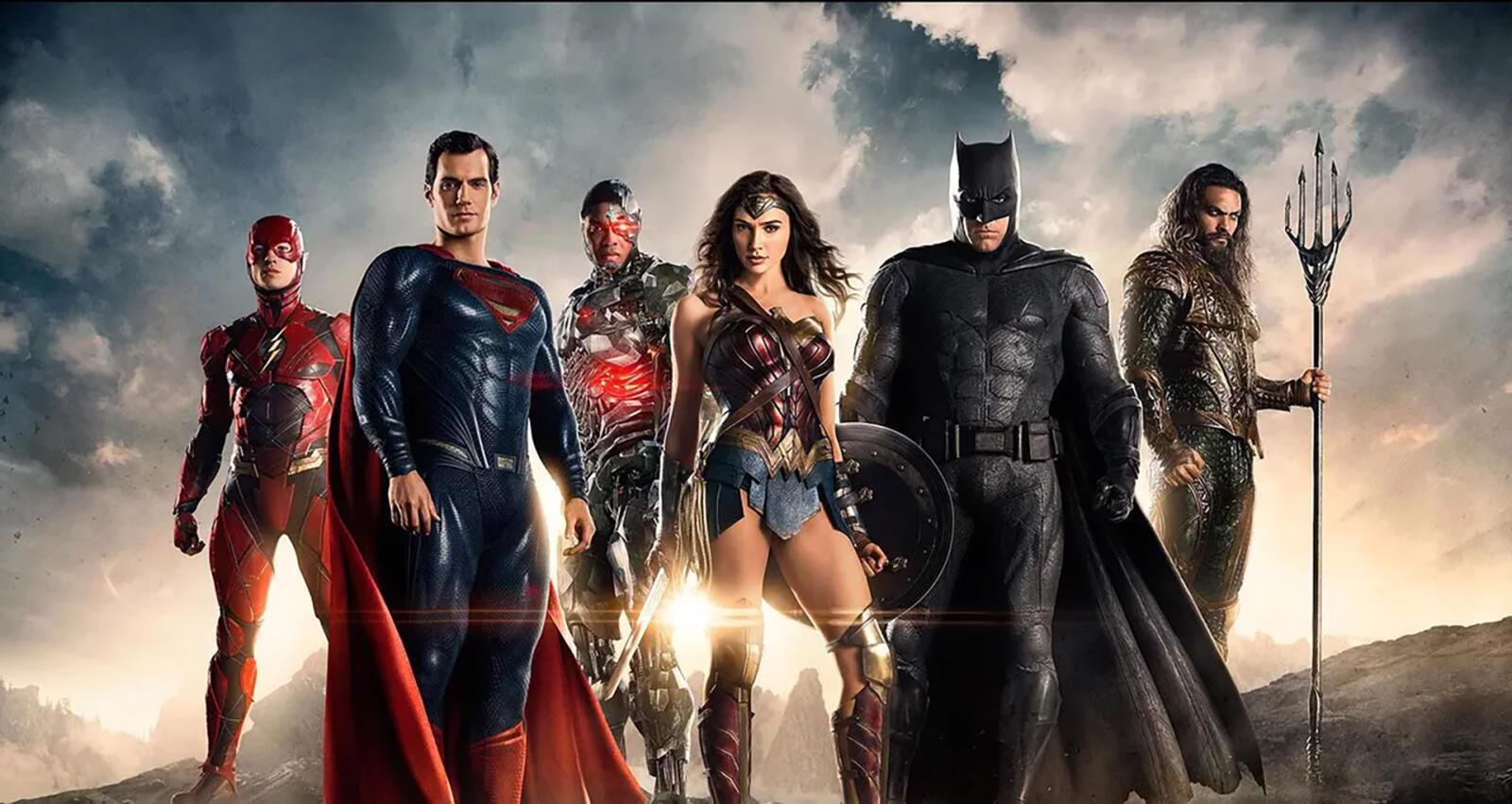
Furthermore, Snyder devotes a good half of the movie to the heroes' backstories, exploring their motivations for joining the team. With the storylines of Cyborg (Ray Fisher) and Flash (Ezra Miller) worth separate solo movies, the narrative slows down and gets considerably more complex.
Snyder's elaborate approach turns the action into an epic saga, which is exactly what viewers expect from a major crossover production depicting the grand battle against the most powerful enemy.
2. Steppenwolf vs. Darkseid
Steppenwolf is the main villain in Joss Whedon's Justice League. While his character is very powerful in comic books, the movie didn't show sufficient motivation for his actions. Also, Steppenwolf's powers seem to fluctuate depending on the narrative's needs.
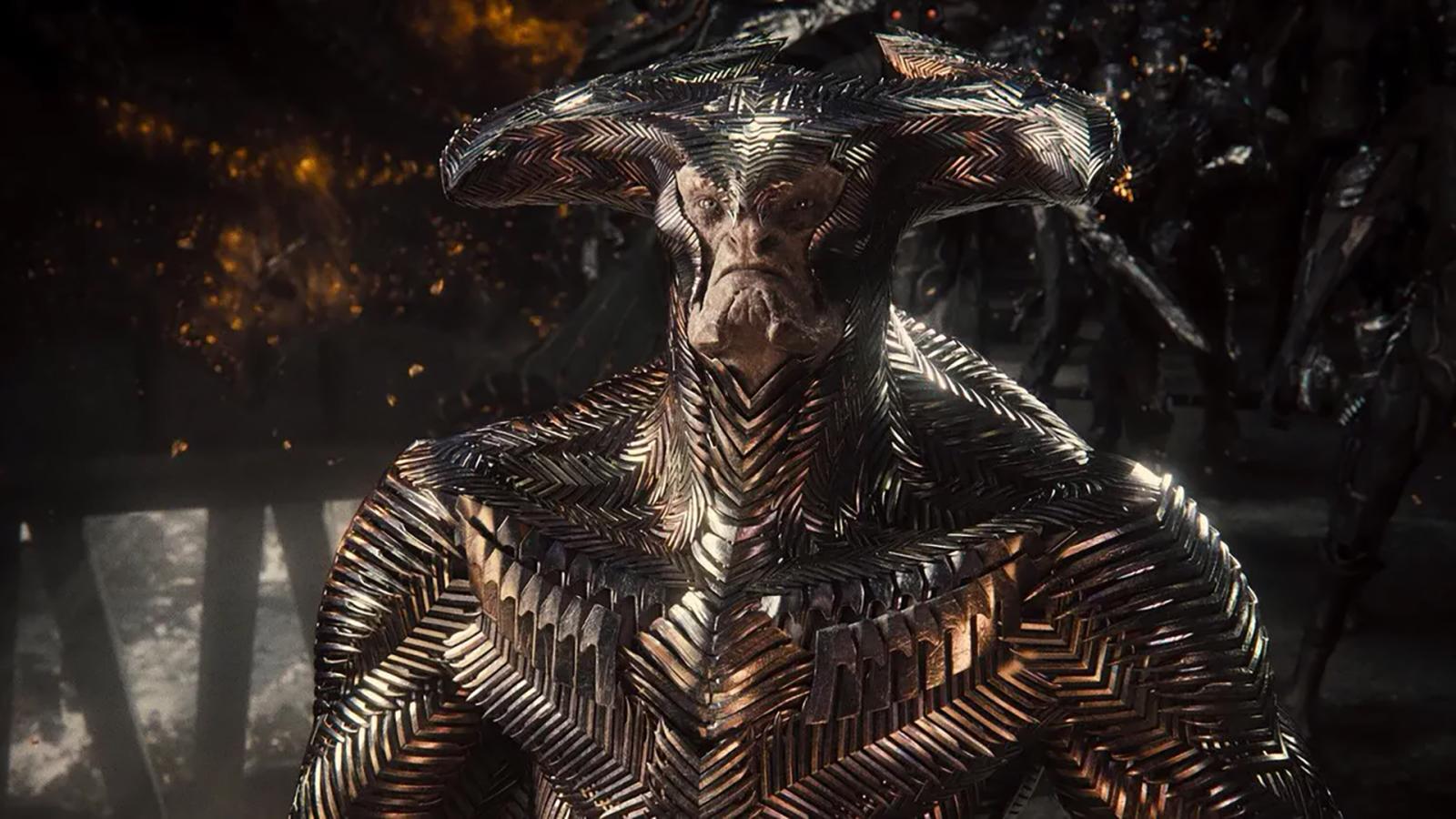
In Snyder Cut, Steppenwolf is just one of the sidekicks of the universe's most important monster, Darkseid. His relationship with his master is complicated, as Darkseid had previously banished Steppenwolf for trying to betray him. Now, Steppenwolf needs to regain his master's favor by conquering the Earth, which he had once failed to do.
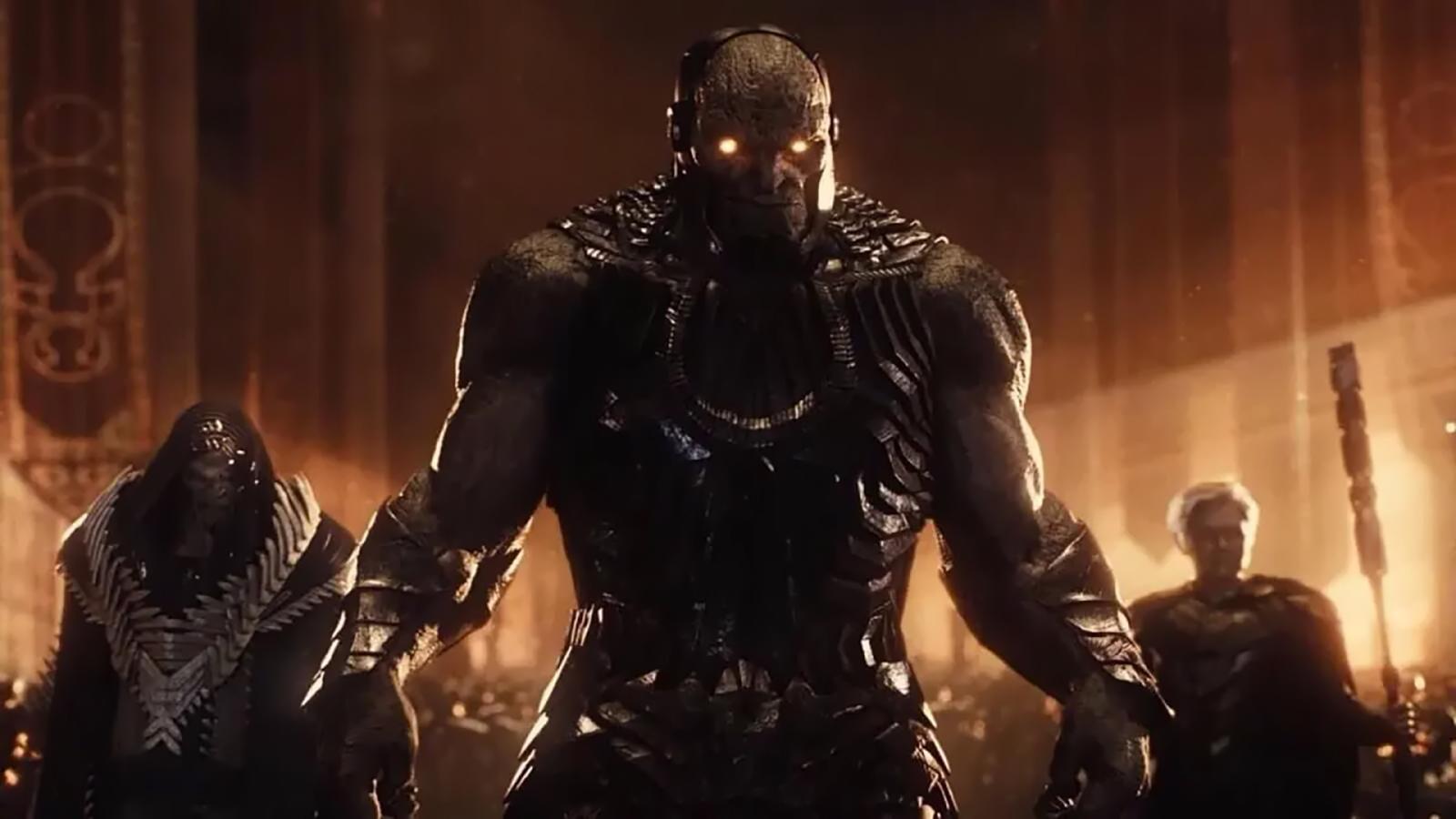
This explains why Steppenwolf's powers are not always manifest: when he gets another Mother Box, he prefers to make a quick getaway. There's a more dangerous villain standing behind him, and that is what spurs the characters' fear and motivation: they can only win if they fight him together.
3. Cliché vs. Lifelike Characters
In Whedon's Justice League, only a few of the characters feel lifelike and believable: Batman goes through some character development, and Wonder Woman (Gal Gadot) supports him on the way. The rest of the team, however, appear stereotypical and clichéd — which defies Zack Snyder's original idea, which saw Cyborg as the "heart" and "emotional core" of the movie.
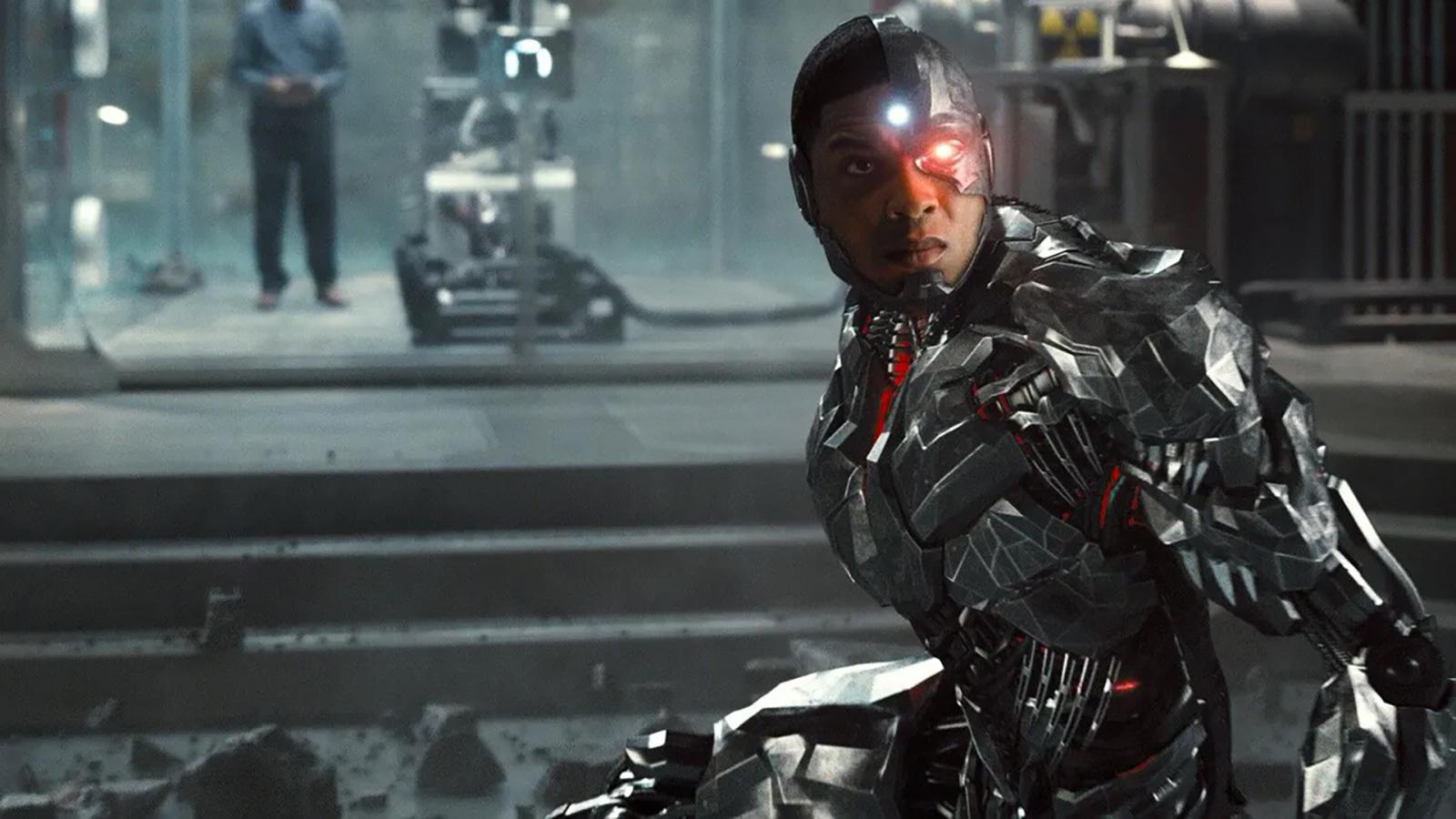
The director's intention was realized in his version of Justice League: Snyder presents Victor Stone's storyline as the most tragic one in the entire movie. Cyborg has lost his mother, suffers from the hatred he feels towards his father, and struggles with identity issues. The sullen and unsociable teenager is finally given the background story he deserves: it's hard to focus on saving the world when you constantly question your own place in it.
It appears that Joss Whedon might have eradicated Victor Stone's line on purpose — it's impossible to believe his touching story was cut out for no reason.
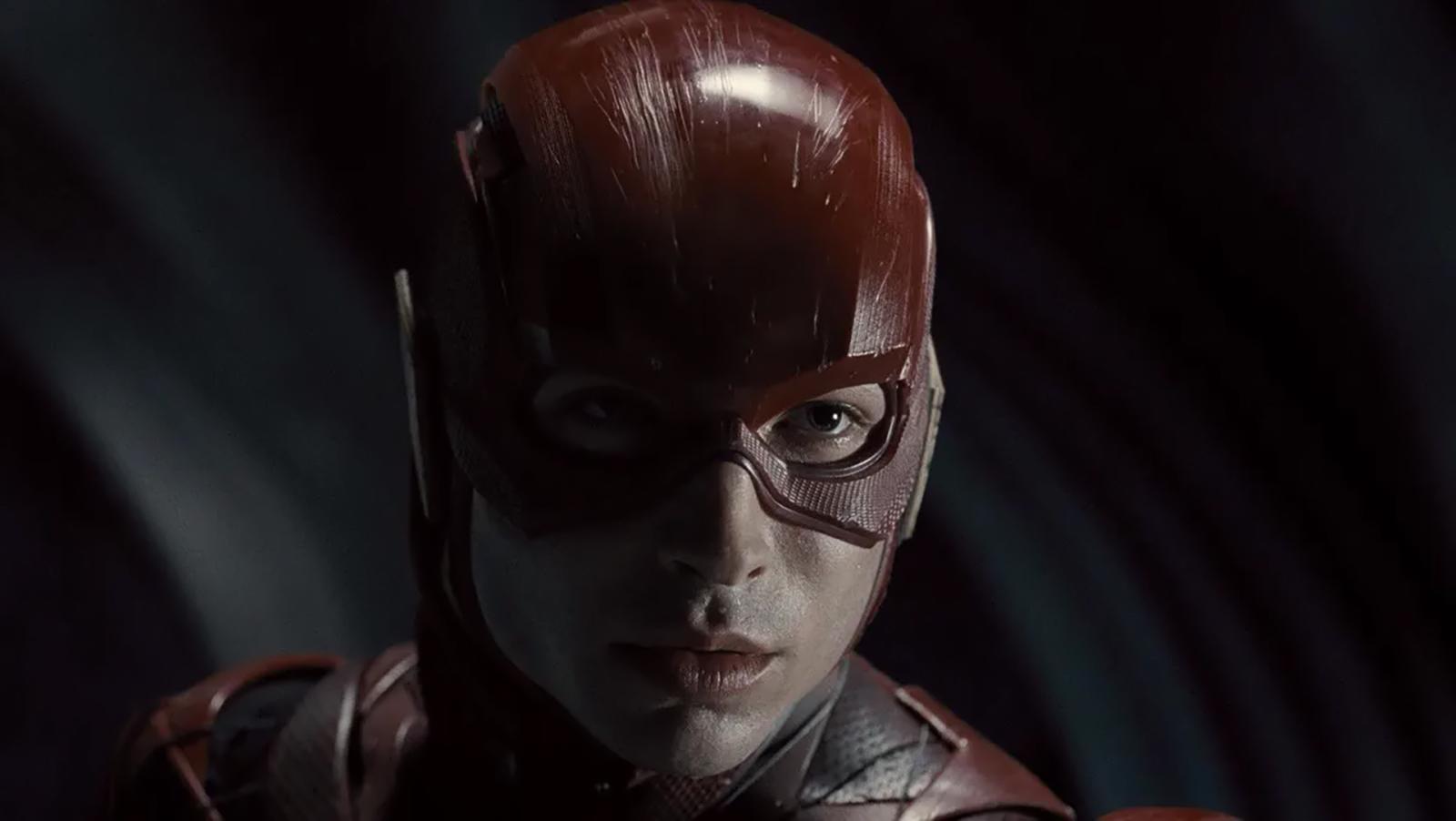
Barry Allen also gets more backstory in Snyder's cut, which emphasizes his character's role as a comic relief: in the scene where Flash saves the girl in a truck accident, he appears cute — but very socially awkward. Besides, the character's powers are revealed in a new way. He's no longer a boy who just runs fast: Flash is responsible for many important plot points, including the major twist in the finale that comic book fans will love.
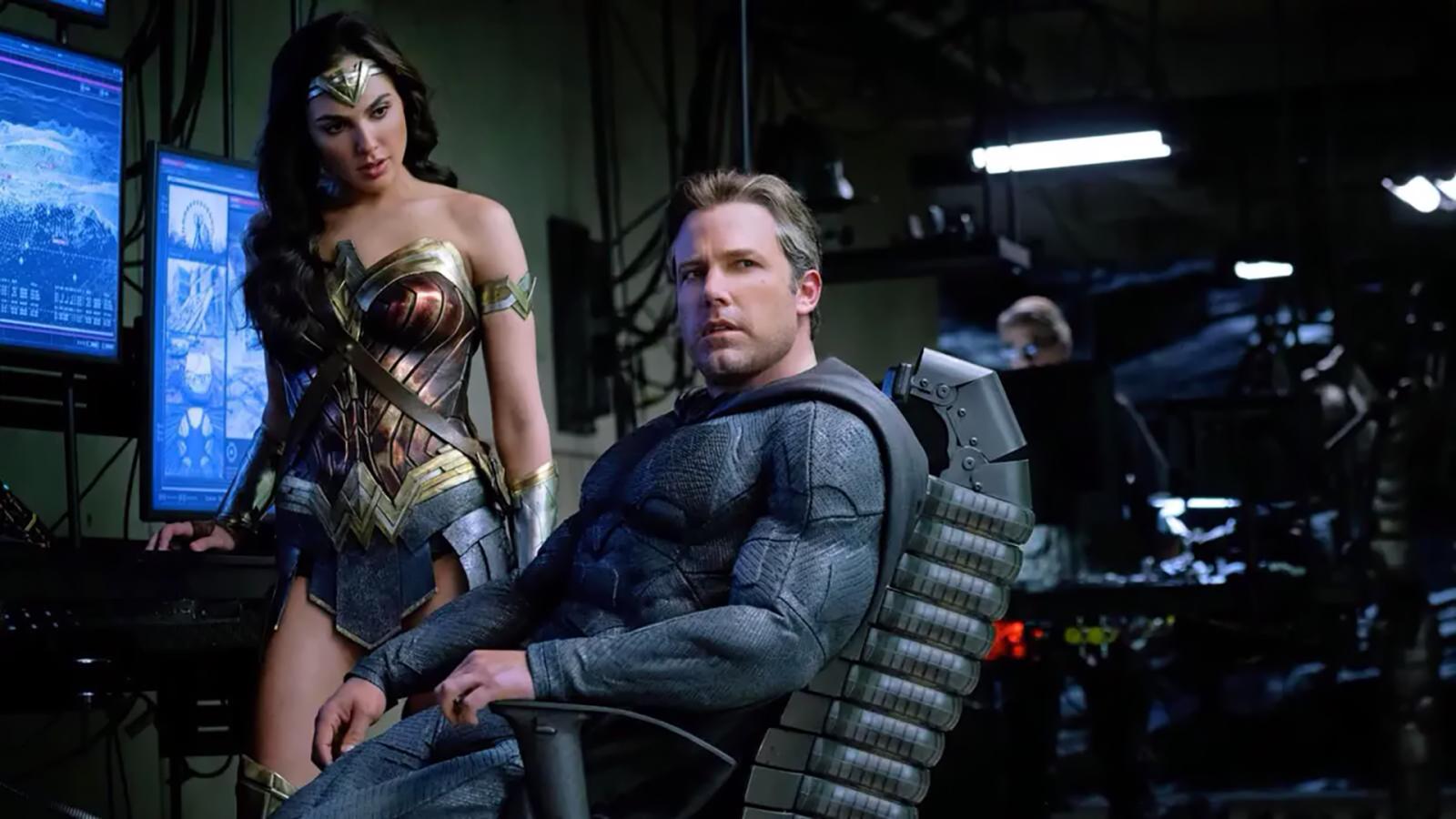
Bruce Wayne demonstrates more skill as a strategist: in the director's cut, Batman proves to be the real leader of his team. Wonder Woman and Aquaman haven't changed much — but these two already have their own solo movies.
4. Jokes vs. Biblical References
One of the greatest things about the new Justice League is that it doesn't have any of the awkward scenes that were meant to entertain the audience. The filming and reception of those scenes is associated with plenty of scandal.
When doing the Superman reshoots, Henry Cavill had a mustache because, at the time, he was already filming in Mission: Impossible – Fallout. The facial hair was removed in post-production, and the result was just terrible.
Whedon's movie constantly objectifies Wonder Woman through vulgar innuendos: the Flash falls and lies on top of her for a brief moment, Aquaman says "whuf, you're gorgeous" while sitting on the Lasso of Truth, and Batman gets his shoulder put back by Wonder Woman's gentle hands.
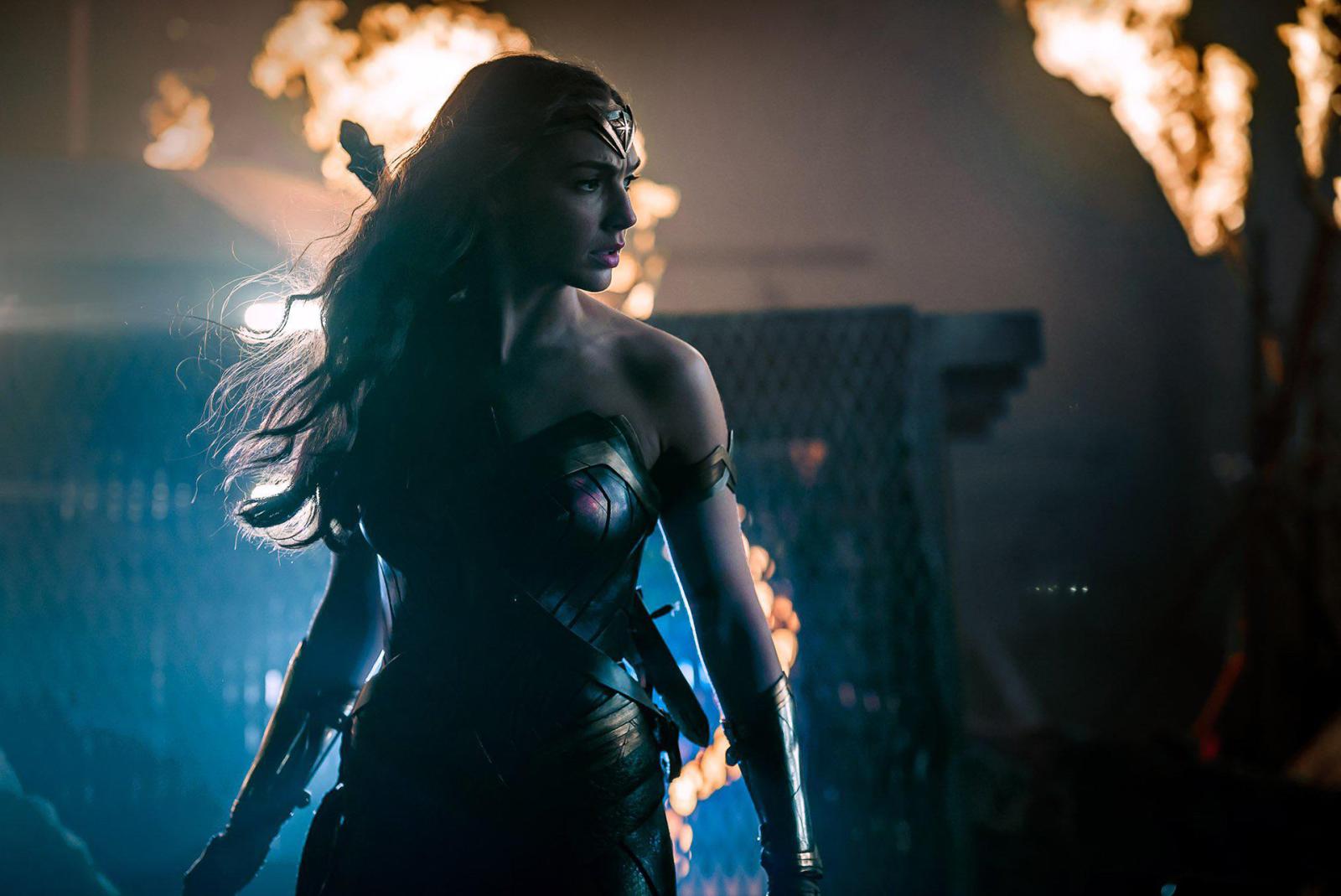
Fortunately, Zack Snyder didn't use any of Whedon's jokes when he edited his version. Though the movie is stripped of all its vulgarity, it still manages to make viewers laugh — mostly through the characters of Flash and Aquaman. Funny moments are scattered throughout the film, and they're no longer silly.
Instead of Whedon's clumsy dynamism, the new Justice League is full of metaphor and biblical references.
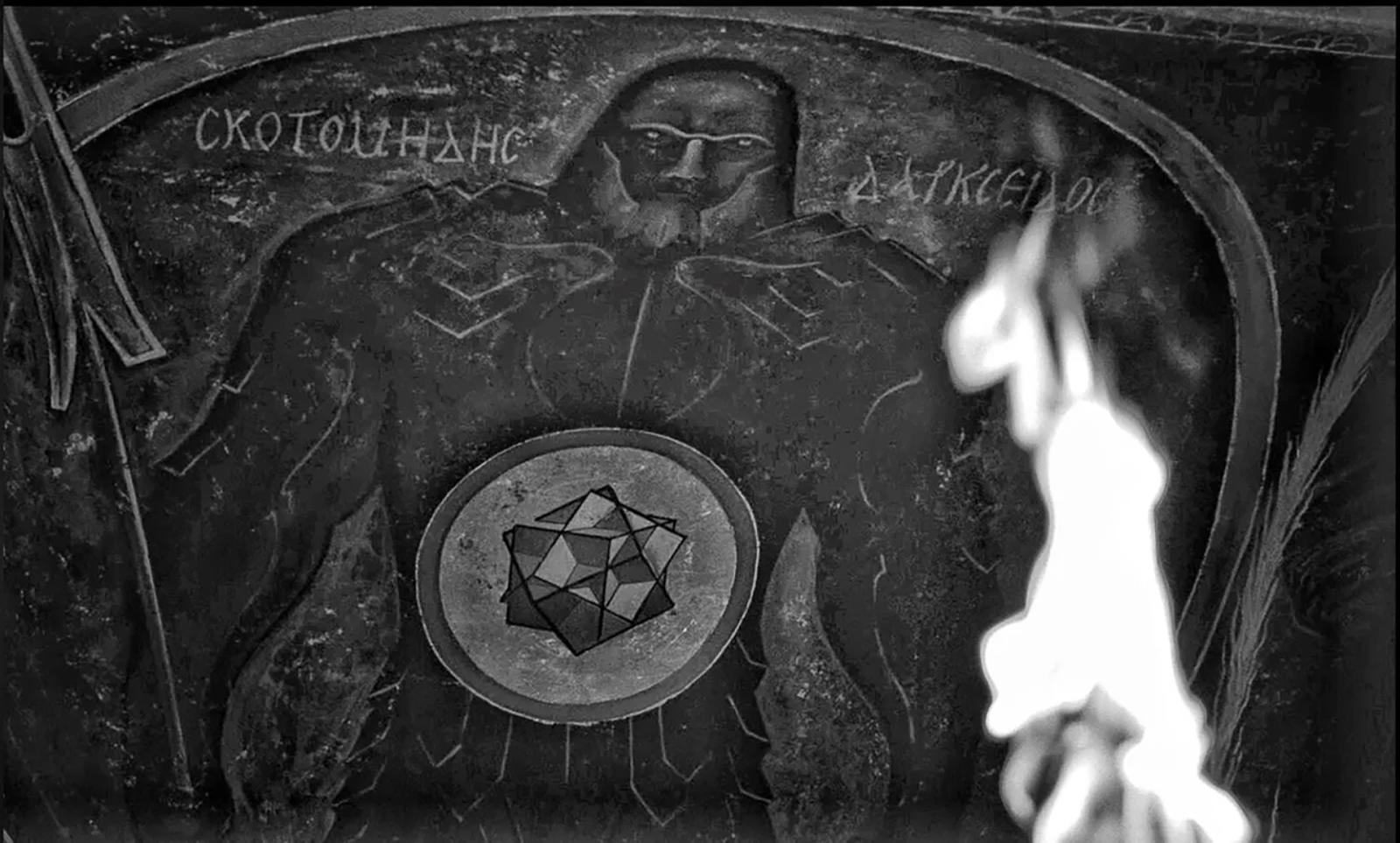
We see more parallels drawn between Superman and Christ, Darkseid's black wings as an allusion to his devilish nature, and even religious Greek writing on the walls.
5. Simple Plot vs. Hints of the Future
Zack Snyder's Batman v Superman offered glimpses into the future of the director's cinematic universe. Bruce Wayne's visions suggested that Kal-El would become a villain and conquer humanity, so the Flash would need to go back in time to warn Batman.
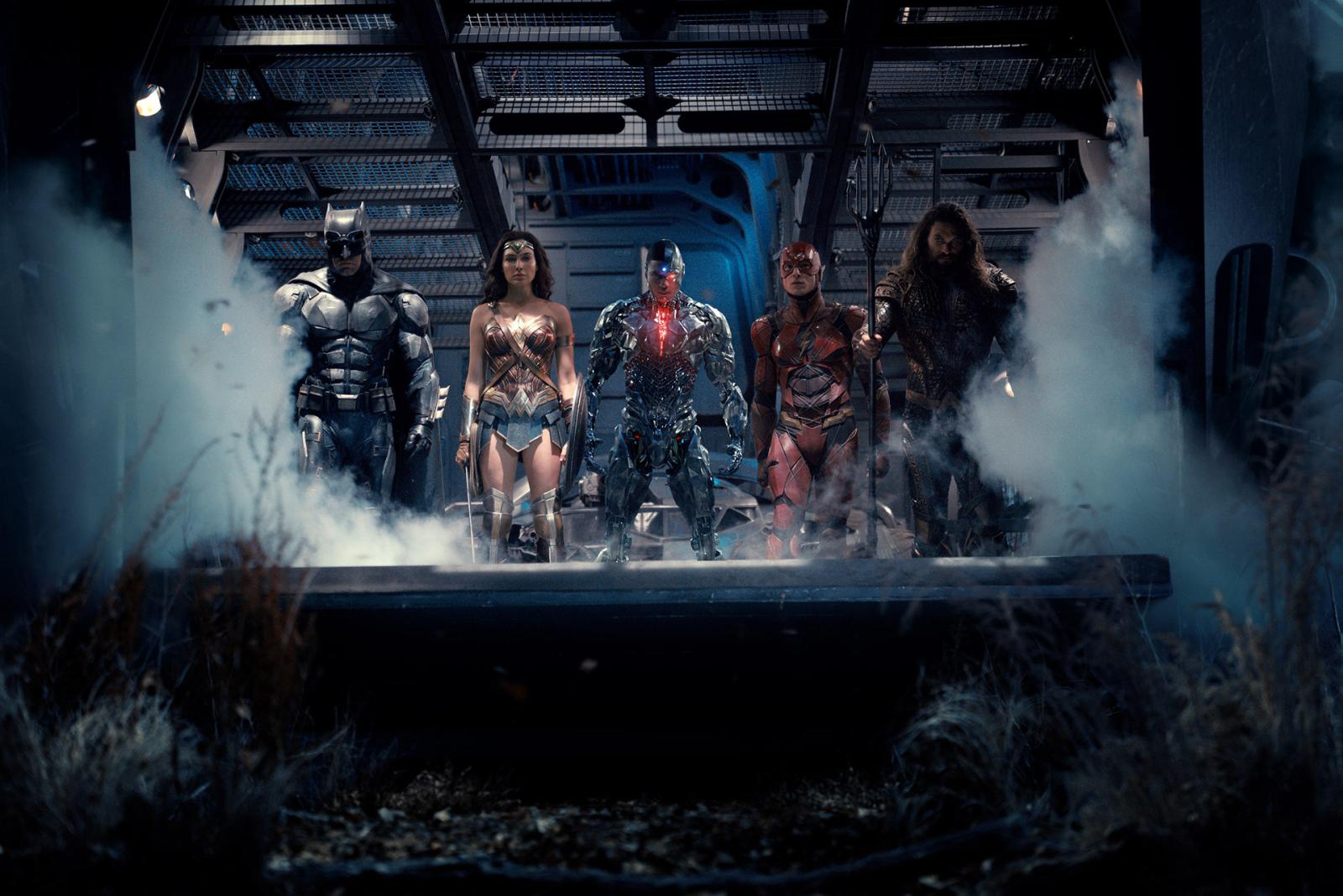
The theatrical cut of Justice League completely overlooked those hints, and Snyder wasn't able to tie up the loose ends of his story until 2021. His new movie further tightens the link between the earlier events and the characters of Darkseid and Lois Lane.
In the film's finale, which the director completed especially for the release, we get to see the very unusual superhero team in the future and, to some extent, understand the roots of the problem they're facing.
Snyder's idea was to explore these events in the second part of Justice League, which would have ended the trilogy with a great battle against Darkseid. Unfortunately, a sequel is unlikely: the events in the director's cut are not considered canonical. In fact, we're blessed to have Snyder Cut released because its production was deemed unfeasible for a long time.